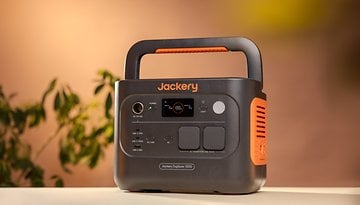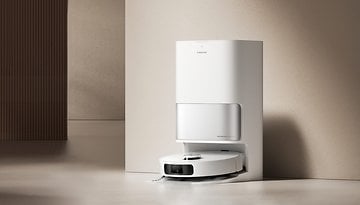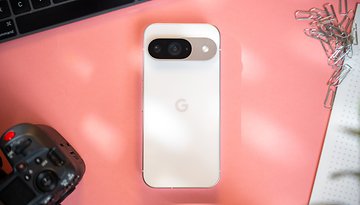Matter 1.2 Adds Support for Vacuums, Air Purifiers, and More (Finally)
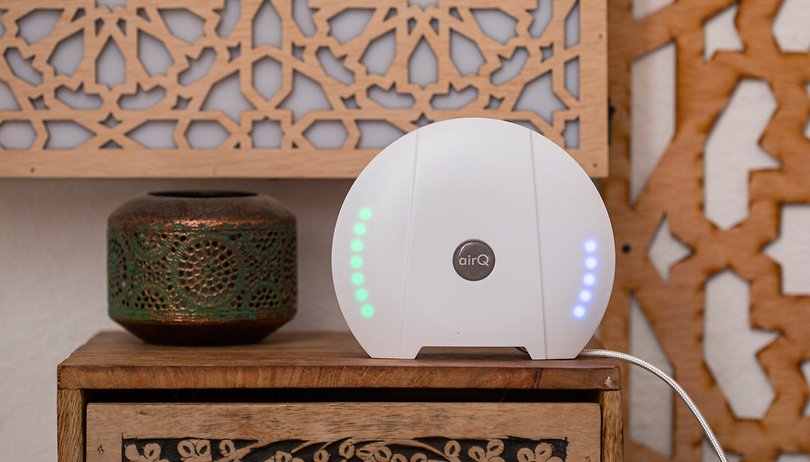

Matter, the new smart home standard, has been on a slow burner ever since it was introduced last year with only some prominent brands and device form factors supported at launch. An update was released in May this year, but it was all about squashing bugs and optimizations rather than expanding device compatibility. Thankfully, the biggest complaint is now being remedied with the rollout of Matter 1.2.
- Also read: Everything you should know about Matter
In a blog post, the Connectivity Alliance Standard (CSA), or the entity that develops and manages Matter announced the second update to the smart home protocol. Arriving as Matter 1.2, this finally adds more compatibility with nine new types of devices including refrigerators, air conditioners with control mode, air purifiers, and robot vacuum cleaners, among others.
As for end users, this means you can finally share and connect these Matter-enabled devices with other platforms and apps as long as you have first finished setting it up with the original manufacturer's app. For instance, you can have a robot vacuum paired with Apple HomeKit or Amazon Alexa as long as it is runs on the recommended software version by the manufacturer.
Robot vacuums, alarms, and air sensors get more insightful Matter features
However, as pointed out by Stefan in his piece about early setbacks with Matter, most of the interoperability functions between some devices and apps in Matter 1.2 are still somewhat limited to moderately useful. Apart from robot vacuums that can now notify you of their status details like charging or brush errors on top of basic cleaning operations, of course.
Similarly, smoke and carbon monoxide alarms have been added and provide standard audio and visual signaling. More than just the basic notifications, users will be able to receive alerts for low battery life or if any of the devices is needed or a replacement. It is also possible to self-test these alarms.
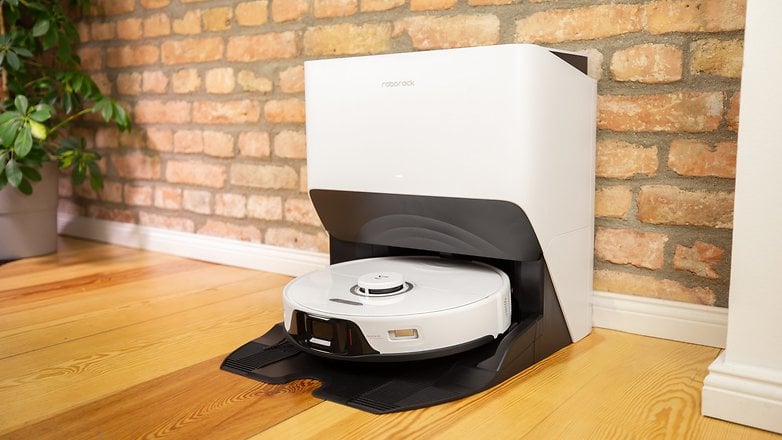
In the case of air quality sensors, different air particles and captures can be reported and this ranges from particulate matter (PM) levels to harmful compounds such as carbon monoxide (CO2) and nitrogen dioxide (NO2) to Radon and Formaldehyde.
Other devices in Matter 1.2: Refrigerators, Air Conditioners, and Washers
Smart refrigerators are among these new devices that only have basic control and monitoring functions. However, CSA has highlighted that freezers and fridges should also be supported.
In addition, Matter 1.2 does make air conditioners with built-in temperature and fan control along with fans as standalone Matter devices with this software. With the latter, changing the airflow and oscillation speed is available, which would more than suffice.
- Don't miss this: Signify's Philips Hue is now Matter-enabled
Lastly, dishwashers and laundry washers are finally gaining Matter compatibility. As with dishwashers, remote start/stop control and status notifications such as notable errors are included. There is a pledge for dryers to be included, but this is said to come in the next firmware update.
When will the Matter 1.2 update really trickle to devices?
Concerning actual device support, it is likely that brands will only enable these on their devices in the coming months or so. Even the likes of Dyson, Google, and Samsung are yet to announce the update that will be compatible with Matter 1.2. As for Roborock, it confirmed with The Verge they're already working to bring Matter to its fleet of robot vacuum cleaners.
Apart from the additions of new Matter devices, there are improvements introduced to existing products like smart locks with the update. CSA is also shipping Matter 1.2 SDK to developers and makers.
Do you think that the Matter 1.2 update will bolster the adoption of the new and open-source smart home protocol? What are your thoughts on Matter overall? Share them with us in the comments.
Source: CSA








